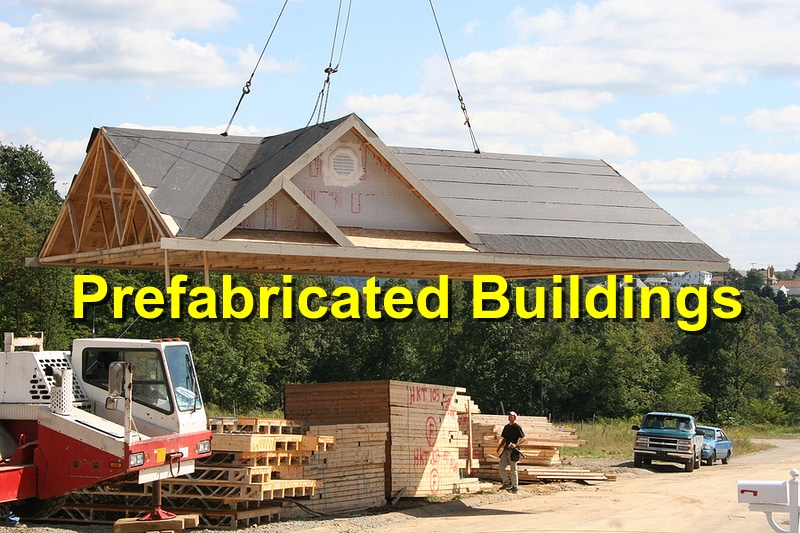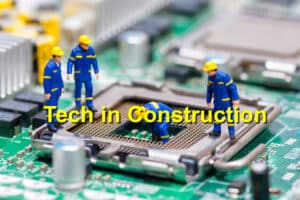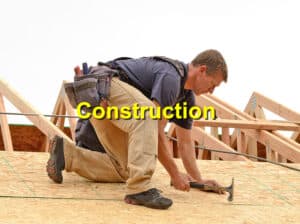The construction industry is witnessing a significant shift with the rise of prefabricated buildings. Prefabrication, the process of assembling building components off-site and then transporting them to the construction site, is gaining momentum due to its numerous advantages. This feature delves into the innovations, benefits, and future trends of prefabricated buildings.
Innovations in Prefabricated Buildings
- Advanced Manufacturing Techniques: Modern manufacturing techniques, such as 3D printing and automation, are revolutionizing prefabrication. These technologies enable precise and efficient production of building components, reducing waste and ensuring high-quality standards. 3D printing, in particular, allows for the creation of complex and customized designs that were previously difficult to achieve.
- Sustainable Materials: The use of sustainable and recycled materials in prefabricated construction is on the rise. Innovations in material science are leading to the development of eco-friendly options such as cross-laminated timber (CLT) and other renewable resources. These materials not only reduce the environmental impact but also enhance the energy efficiency of the buildings.
- Integrated Building Information Modeling (BIM): BIM technology is transforming the prefabrication process by providing detailed digital representations of buildings. This integration allows for better planning, coordination, and execution of projects. BIM helps identify potential issues before construction begins, reducing errors and saving time and costs.
Benefits of Prefabricated Buildings
- Speed and Efficiency: One of the most significant benefits of prefabrication is the reduction in construction time. Since components are manufactured off-site in a controlled environment, construction can proceed without delays caused by weather conditions or other on-site challenges. This efficiency translates to faster project completion and quicker occupancy.
- Cost Savings: Prefabricated buildings often result in substantial cost savings. The streamlined production process, reduced labor requirements, and minimized material waste contribute to lower overall expenses. Additionally, the predictability of costs and timelines in prefabrication helps avoid unexpected expenditures.
- Quality Control: The controlled environment of off-site manufacturing ensures consistent quality and precision. Prefabricated components undergo rigorous testing and inspection, leading to higher standards of construction. This quality control reduces the likelihood of defects and enhances the durability and longevity of the buildings.
- Environmental Impact: Prefabrication is inherently more sustainable than traditional construction methods. The reduction in material waste, energy-efficient manufacturing processes, and use of sustainable materials contribute to a lower environmental footprint. Additionally, the decreased on-site activity reduces pollution and disturbance to the surrounding area.
Future Trends in Prefabricated Buildings
- Increased Adoption in Urban Areas: As urbanization continues to rise, the demand for efficient and scalable construction solutions grows. Prefabricated buildings offer a viable solution to address housing shortages and infrastructure needs in densely populated areas. Their ability to be quickly assembled makes them ideal for urban development.
- Smart and Modular Designs: The future of prefabricated buildings lies in smart and modular designs. Incorporating smart technologies, such as IoT devices and energy management systems, will enhance the functionality and sustainability of these buildings. Modular designs allow for flexibility and adaptability, enabling buildings to be easily expanded or reconfigured as needed.
- Collaboration and Standardization: Greater collaboration between architects, engineers, and manufacturers will drive the evolution of prefabricated construction. Standardization of components and construction practices will streamline the process and facilitate wider adoption. Industry-wide standards will ensure compatibility and interoperability, further boosting efficiency.
- Hybrid Construction Methods: Combining prefabricated and traditional construction methods will become more common. Hybrid approaches leverage the benefits of both techniques, optimizing cost, speed, and quality. This integration allows for greater design flexibility and the ability to tackle complex projects.
In conclusion, the future of prefabricated buildings is bright, marked by technological advancements, sustainability, and increased efficiency. As the construction industry continues to evolve, prefabrication will play a crucial role in meeting the demands of modern society, offering innovative solutions for a more sustainable and efficient built environment.
References: Medium, Durapod




